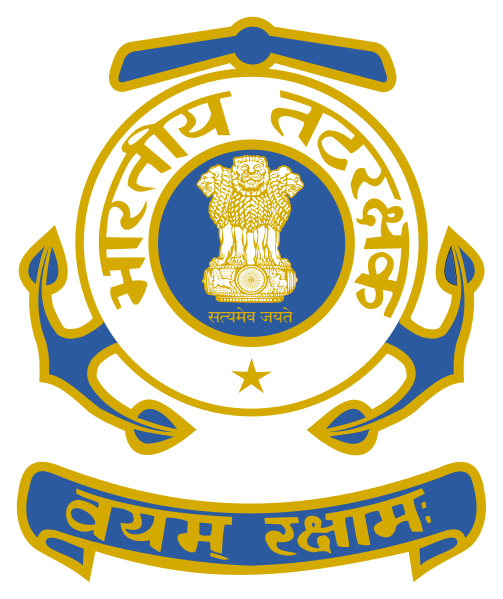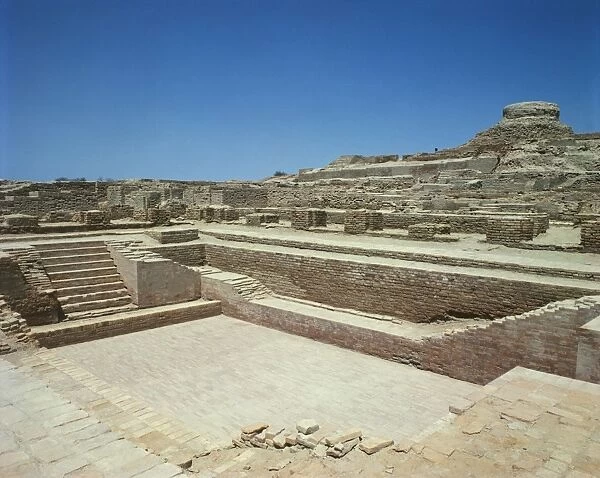Indian Geography
Table of Contents
India known for its rich history and cultural diversity, is also characterized by its varied and complex geography & Some also Point of Indian Geography will Dicuss In-Depth. Spanning an area of approximately 3.28 million square kilometers, India is the seventh-largest country in the world. Its geographical diversity includes mountains, plains, deserts, plateaus, and coastal regions. This comprehensive guide delves into the geographical features that make India unique.
Introduction to Indian Geography
Geographical Location:
India is located in South Asia, bordered by Pakistan to the northwest, China and Nepal to the north, Bhutan to the northeast, and Bangladesh and Myanmar to the east. To the south, it is flanked by the Indian Ocean, providing a vast coastline that stretches over 7,500 kilometers.
Significance of Indian Geography:
India’s geographical features have played a crucial role in shaping its history, culture, and economy. The diverse landscapes have influenced settlement patterns, agricultural practices, and even the development of regional cultures and languages.
The Northern Mountains
The Himalayas:
The Himalayas, the world’s youngest and highest mountain range, form the northern boundary of India. Stretching over 2,400 kilometers, these mountains are not only a natural barrier but also a source of major rivers like the Ganges, Yamuna, and Brahmaputra.
Major Peaks and Passes:
Key peaks in the Indian Himalayas include Kangchenjunga (8,586 meters), Nanda Devi (7,816 meters), and Kamet (7,756 meters). Important passes such as Nathu La and Rohtang Pass have been critical for trade and travel.
The Karakoram and Other Ranges:
The Karakoram Range, located in the northernmost part of India, includes K2, the second-highest peak in the world. Other significant ranges include the Pir Punjal and the Shivalik Hills, which form part of the outer Himalayas.
The Northern Plains
Formation and Features:
The Northern Plains, also known as the Indo-Gangetic Plains, are formed by the alluvial deposits of the Indus, Ganges, and Brahmaputra rivers. This region is one of the most fertile and densely populated areas in the world.
Major Rivers:
The Ganges, Yamuna, and Brahmaputra are the lifelines of these plains, providing water for agriculture, industry, and daily life. The plains support extensive agriculture, including the cultivation of wheat, rice, sugarcane, and cotton.
The Thar Desert
Location and Extent:
The Thar Desert, also known as the Great Indian Desert, is located in the northwestern part of India, primarily in the state of Rajasthan. It extends into Pakistan and covers an area of about 200,000 square kilometers.
Climate and Vegetation:
The Thar Desert experiences extreme temperatures, with hot summers and cold winters. Vegetation is sparse, consisting mainly of xerophytic plants like cacti, acacia, and desert grasses.
The Peninsular Plateau
Deccan Plateau:
The Deccan Plateau forms the major part of the peninsular region of India. It is a large plateau that covers most of southern India. The plateau is rich in minerals and is known for its unique black soil, which is ideal for cotton cultivation.
Western and Eastern Ghats:
The Western and Eastern Ghats are mountain ranges that flank the Deccan Plateau on the west and east, respectively. The Western Ghats are known for their biodiversity and are a UNESCO World Heritage site, while the Eastern Ghats are older and more eroded.
Central Highlands:
The Central Highlands include the Malwa and Chota Nagpur plateaus. This region is rich in minerals, including coal, iron ore, and manganese, making it an important area for mining activities.
The Coastal Plains
Eastern Coastal Plain:
The Eastern Coastal Plain runs along the Bay of Bengal and is broader and more fertile than the western counterpart. Major rivers like the Mahanadi, Godavari, Krishna, and Kaveri flow through this region, forming extensive deltas.
Western Coastal Plain:
The Western Coastal Plain is narrower and extends along the Arabian Sea. It includes the Konkan and Malabar coasts, known for their scenic beauty and rich marine biodiversity.
The Islands
Andaman and Nicobar Islands:
Located in the Bay of Bengal, the Andaman and Nicobar Islands are a group of over 500 islands known for their tropical rainforests, coral reefs, and indigenous tribes. The islands play a strategic role due to their location near the Malacca Strait.
Lakshadweep Islands:
The Lakshadweep Islands, located in the Arabian Sea, are a group of 36 atolls and coral reefs. These islands are known for their pristine beaches, lagoons, and marine life.
Climatic Regions
Monsoon Influence:
India’s climate is heavily influenced by the monsoon, which brings heavy rains from June to September. The southwest monsoon is critical for agriculture, as it provides the majority of the annual rainfall.
Climatic Zones:
India has diverse climatic zones, ranging from the alpine climate in the Himalayas, the arid climate in the Thar Desert, the tropical climate in the coastal regions, to the temperate climate in the interior plateau regions.
Biodiversity and Natural Resources
Flora and Fauna:
India is one of the 17 megadiverse countries in the world, home to a vast variety of flora and fauna. The Western Ghats, Eastern Himalayas, and the Sundarbans are biodiversity hotspots, housing numerous endemic species.
Natural Resources:
India is rich in natural resources, including coal, iron ore, bauxite, and manganese. It also has significant reserves of oil and natural gas. Forests cover about 21% of India’s land area, providing timber, medicinal plants, and other resources.
Conclusion
India’s geography is a tapestry of diverse landscapes, each contributing to the country’s unique environmental, cultural, and economic fabric. From the towering Himalayas to the vast Thar Desert, and from the fertile plains to the rich plateaus and coasts, India’s geographical diversity is one of its greatest strengths. Understanding this diversity is key to appreciating the complex and dynamic nature of the country.
FAQs
What are the major mountain ranges in India?
The major mountain ranges in India include the Himalayas, the Karakoram, the Western and Eastern Ghats, and the Aravalli Range.
Which are the main rivers of India?
The main rivers of India are the Ganges, Yamuna, Brahmaputra, Godavari, Krishna, and Kaveri.
What type of climate does India have?
India has a diverse climate, including alpine in the Himalayas, arid in the Thar Desert, tropical in the coastal regions, and temperate in the interior plateau regions.
Where is the Thar Desert located?
The Thar Desert is located in the northwestern part of India, primarily in the state of Rajasthan.
What makes the Western Ghats significant?
The Western Ghats are significant for their rich biodiversity and are recognized as a UNESCO World Heritage site. They are home to many endemic species and play a crucial role in the monsoon dynamics of India.





